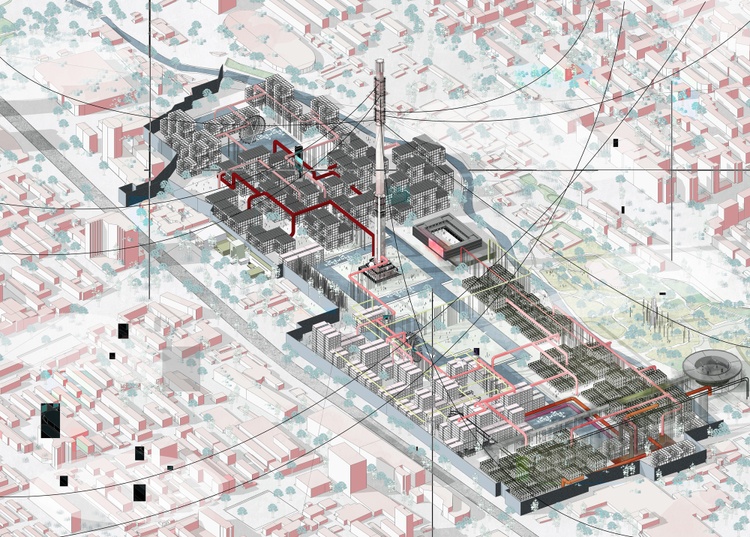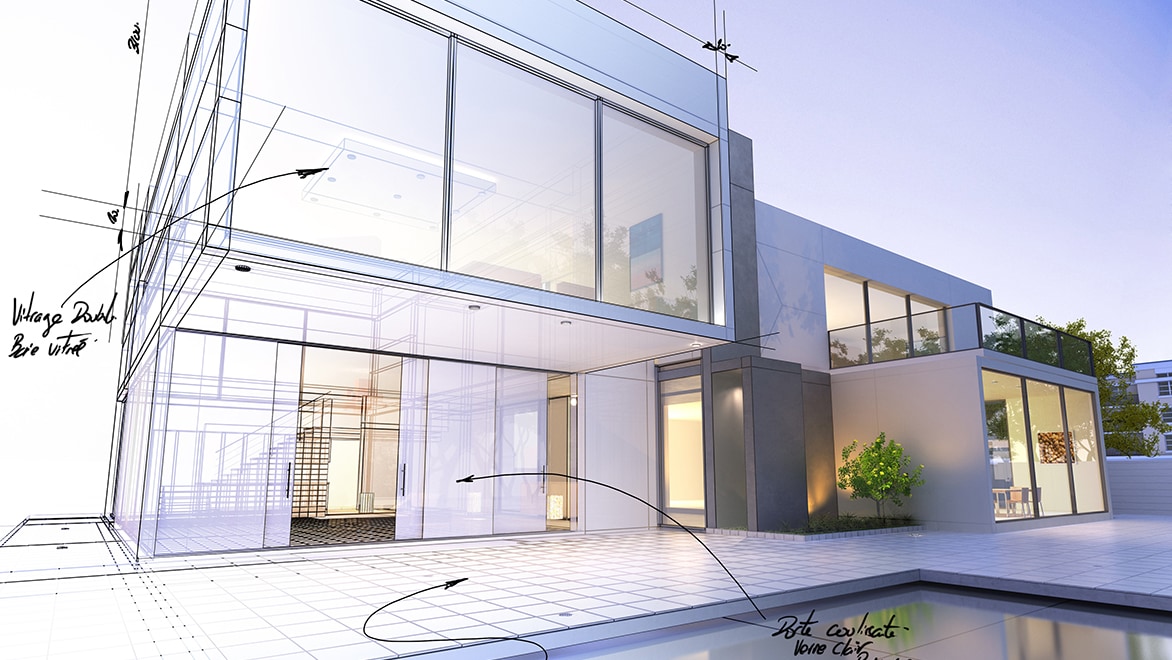The Creative Refine Behind Effective Tasks from CDA Architects
The Creative Refine Behind Effective Tasks from CDA Architects
Blog Article
A Comprehensive Overview of Building Styles and Their Influence on Modern City Planning and Advancement
Architectural styles have long functioned as a mirror to the societal worths and technical innovations of their time, playing a critical function fit modern city planning and growth. From the majesty of Neoclassicism to the practical method of Brutalism, each design has actually introduced special principles that influence urban appearances and functionality. As contemporary difficulties arise, consisting of sustainability and area demands, understanding these historical frameworks comes to be vital. The resulting discussion not only notifies future design practices yet also elevates pertinent inquiries concerning the equilibrium in between heritage and technology in our advancing metropolitan landscapes.
Historical Review of Architectural Designs

As societies transitioned via the Middle Ages, Gothic architecture emerged, defined by its verticality and complex describing, matching the spiritual goals of the period. The Renaissance noted a revival of classic perfects, combining art and architecture in ingenious manner ins which affected succeeding designs across Europe.

Today, architectural designs continue to develop, driven by globalization and sustainability worries, reflecting a dynamic interaction between heritage and technology. This historical overview underscores the significance of style as a mirror of societal advancement and as a driver for city development.
Trick Architectural Styles Explained
The diversity of architectural designs mirrors the myriad impacts that shape our constructed environment, each symbolizing distinctive characteristics and cultural importances. Secret building designs consist of Classical, Gothic, Baroque, Modernism, and Postmodernism, each representing distinct historic contexts and visual ideologies.
Timeless architecture, rooted in ancient Greece and Rome, highlights balance, percentage, and using columns (cda architects). On the other hand, Gothic architecture, growing between Ages, is identified by pointed arcs, ribbed safes, and flying buttresses, creating an ethereal high quality in basilicas. Baroque style, emerging in the 17th century, is marked by splendour, sophisticated decoration, and a vibrant interplay of light and darkness
Innovation, which got energy in the early 20th century, prioritizes feature over form, making use of brand-new materials like steel and glass to develop minimal frameworks. Postmodernism, responding versus the austerity of Innovation, accepts eclecticism and historical recommendation, often incorporating playful components and paradox.

Impact on Urban Preparation
In forming the development of cities, architectural designs considerably influence urban preparation choices. The option of architectural design typically determines the appearances, performance, and total character of city settings. Innovation, with its focus on minimalism and functionality, motivates open rooms and the integration of innovation, forming city layouts that prioritize performance and ease of access. Alternatively, conventional designs may highlight historical preservation, bring about urban styles that preserve social heritage and advertise pedestrian-friendly environments.
Moreover, building designs can influence zoning policies and land utilize plans. Urban organizers should think about the dominating building trends when developing districts, making sure that brand-new developments harmonize with existing structures. This consideration cultivates natural city landscapes and boosts area identification.
The implementation of particular architectural styles can likewise affect socioeconomic aspects within a city. High-end modern layouts might attract affluent residents and organizations, leading to gentrification, while much more economical housing services might focus on practical and sustainable layouts to accommodate varied populations. cda architects. Inevitably, the interaction between building styles and city planning develops vibrant cities that reflect redirected here both historical context and modern needs, forming the lived experiences of their residents
Sustainability and Modern Style
Architectural designs play a critical duty in attending to contemporary difficulties, particularly in the check this world of sustainability. As city areas increase and environmental worries heighten, modern-day architecture significantly embraces sustainable layout principles that focus on power efficiency, source preservation, and minimal eco-friendly impact.
Contemporary architectural activities, such as biophilic design and eco-friendly style, advocate for structures that balance with their environments, utilizing all-natural products and promoting biodiversity. These designs frequently integrate renewable resource sources, such as photovoltaic panels and wind turbines, to decrease dependence on nonrenewable fuel sources and lower carbon impacts.
Moreover, the integration of sophisticated technologies, such as wise structure systems, boosts power management, enhancing source use while ensuring resident convenience. Cutting-edge water management methods, consisting of rain harvesting and greywater recycling, more add to lasting urban environments.
Especially, sustainability expands past ecological problems; it incorporates social and financial measurements. By cultivating area well-being and promoting inclusivity, modern architectural styles align with sustainable development goals. Consequently, the evolution of building techniques remains to shape durable cities that not only satisfy the needs of the here and now but also guard the future for generations ahead.
Area Interaction in Design
Area involvement in design works as a crucial bridge in between designers and the populations they offer, making sure that the developed setting shows the needs and desires of its individuals. This collaborative procedure invites neighborhood members to add their insights and choices, promoting a feeling of ownership and responsibility towards the spaces they populate.
Effective area engagement uses various approaches, such as workshops, surveys, and public discussion forums, to gather varied perspectives. These strategies help with a two-way discussion, allowing engineers to understand regional contexts while empowering citizens to voice their worries and desires. This inclusivity not just boosts the design top quality but likewise advertises social equity by dealing with the one-of-a-kind challenges encountered by marginalized groups.
Additionally, community interaction can bring about ingenious remedies that might not emerge in a standard layout process. By incorporating neighborhood knowledge visit and social worths, designers can develop spaces that reverberate more deeply with individuals, improving use and sustainability. Ultimately, focusing on community interaction in style procedures results in environments that nurture social communications, support well-being, and enhance community ties, consequently playing a crucial role fit contemporary metropolitan landscapes.
Verdict
Architectural styles have profoundly influenced contemporary city preparation and growth, mirroring advancing cultural and technological contexts. The integration of historical appearances with modern demands fosters urban environments that prioritize sustainability and community engagement. As cities remain to expand and adjust, the recurring discussion between building heritage and contemporary design principles will stay essential in creating inclusive, vibrant rooms that boost quality of life and advertise social equity. The future of city advancement hinges on this harmonious equilibrium.
Report this page